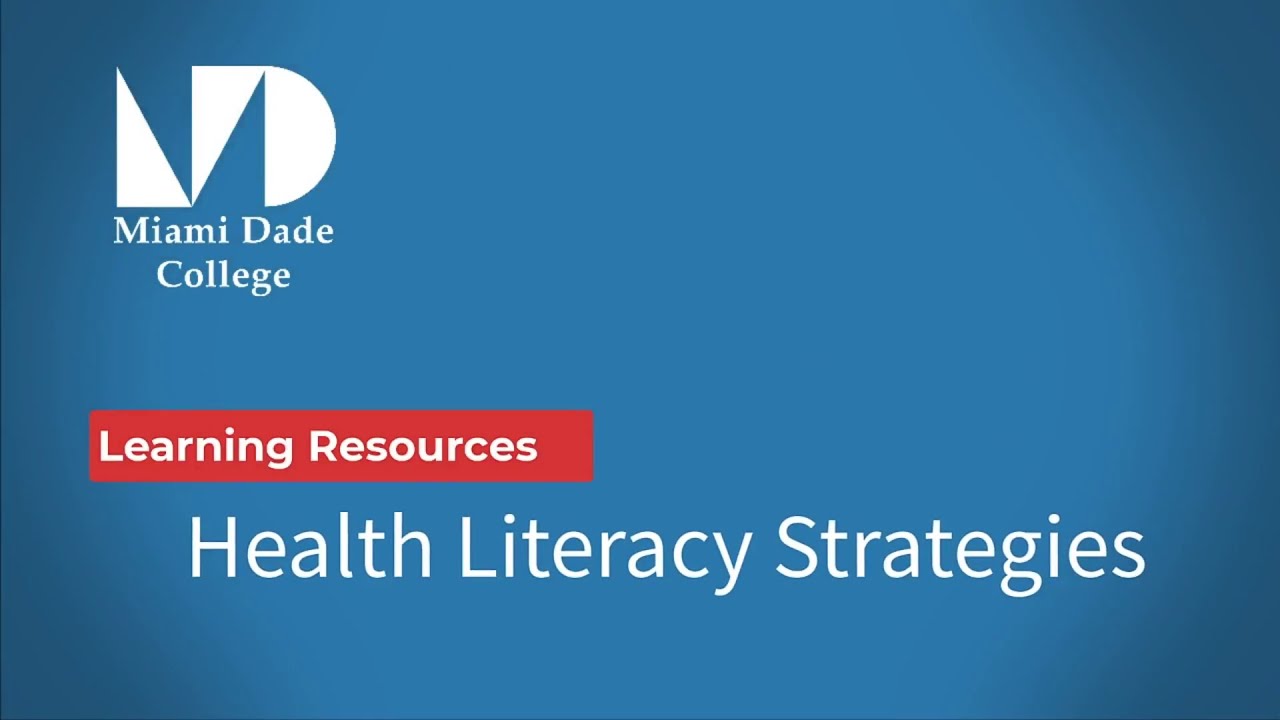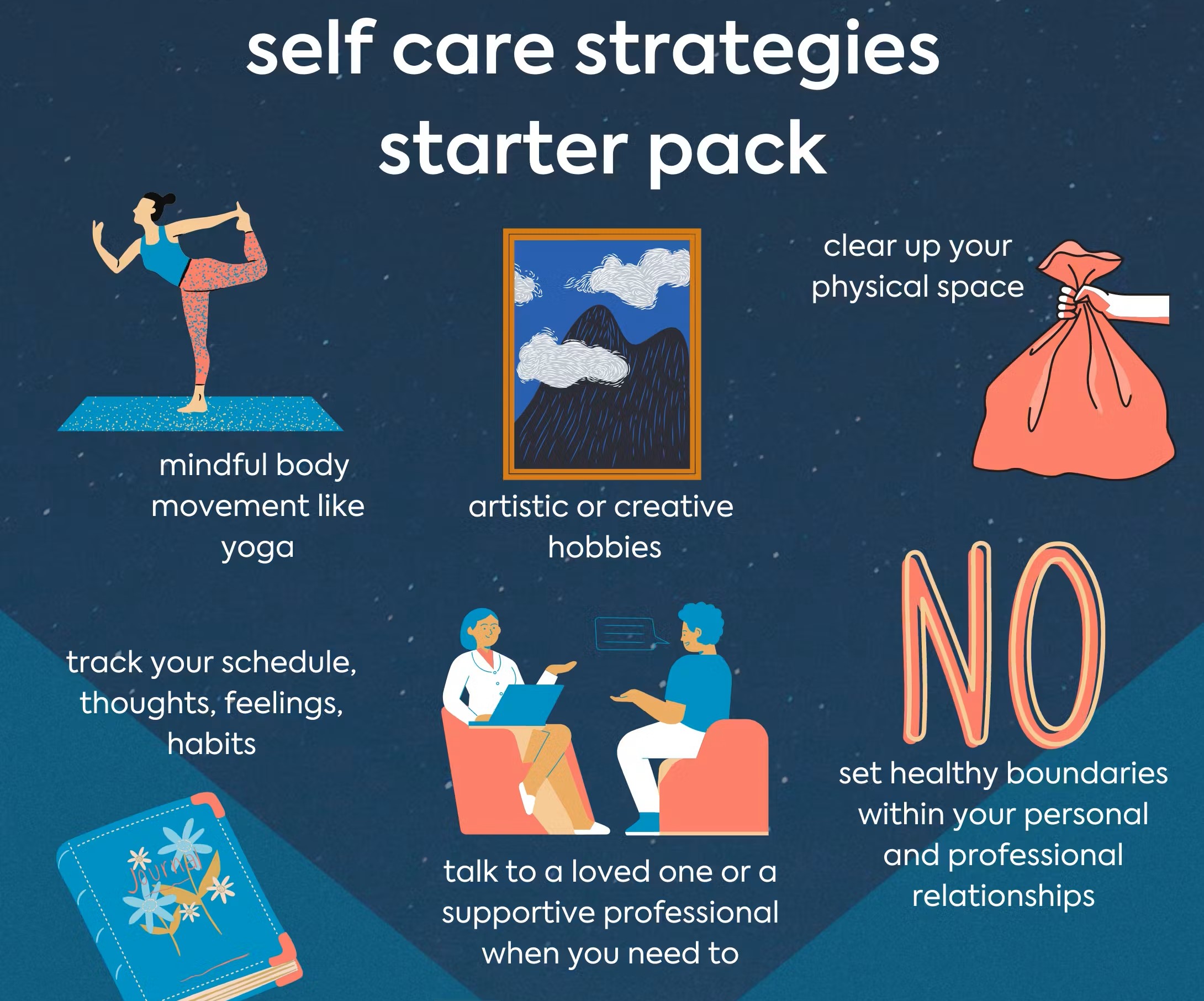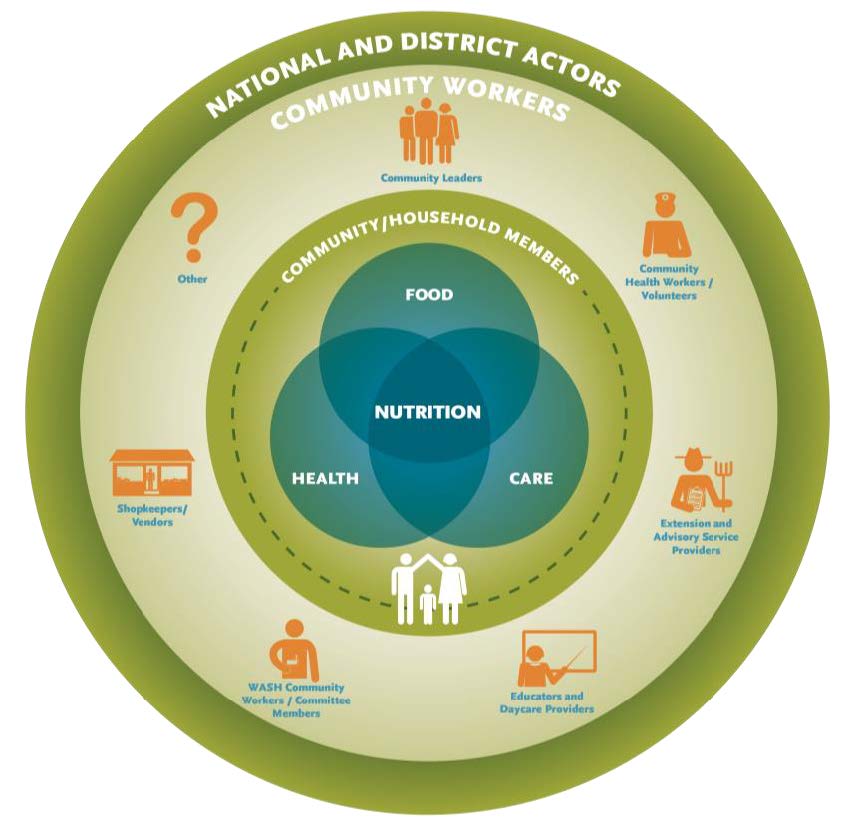Health literacy strategies, In today’s complex healthcare landscape, health literacy plays a pivotal role in promoting individual well-being and improving healthcare outcomes. The ability to access, understand, and effectively utilize health information is crucial for making informed decisions, managing chronic conditions, and navigating the healthcare system. However, studies have shown that a significant portion of the population struggles with low health literacy, which can have far-reaching consequences. To address this issue, it is imperative to implement effective strategies that empower individuals to enhance their health literacy levels and take control of their health.
Inderstanding Health Literacy:
Health literacy refers to an individual’s capacity to obtain, process, and comprehend basic health information and services needed to make appropriate health decisions. It encompasses a range of skills, including reading, numeracy, communication, and critical thinking. Key components of health literacy include the ability to understand health-related instructions, interpret medical labels, assess risks and benefits, and navigate healthcare systems. By possessing these skills, individuals are better equipped to manage their health and engage in shared decision-making with healthcare providers.
Identifying Barriers to Health Literacy:
Numerous barriers contribute to low health literacy levels among individuals. Language barriers, including limited proficiency in the dominant language, can hinder comprehension and communication with healthcare providers. Educational disparities, such as low literacy levels and limited formal education, pose significant challenges in understanding health information. Cultural factors, including differing beliefs, values, and health practices, can also influence health literacy. These barriers prevent individuals from fully understanding health information, making informed decisions, and effectively managing their health.
Health Literacy Strategies for Individuals:
To improve health literacy, individuals can employ various strategies that focus on enhancing their understanding and utilization of health information.
A. Simplifying Health Information:
One effective strategy is to simplify health information by using plain language and avoiding medical jargon. Complex medical concepts should be broken down into understandable terms, and important information should be emphasized. Additionally, incorporating visuals, such as diagrams or illustrations, can aid in comprehension and reinforce key messages.
B. Promoting Digital Health Literacy:
In today’s digital age, individuals must develop digital health literacy skills. This involves educating individuals on navigating health websites and online resources, teaching critical evaluation skills to assess the credibility of online health information, and promoting the use of reliable digital health tools and mobile applications.
C. Enhancing Communication Skills:
Improving communication skills is fundamental to health literacy. Individuals should be encouraged to actively listen to healthcare providers and ask questions to seek clarification. Effective questioning techniques, such as requesting simplified explanations or summarizing information, can help individuals better understand their health conditions and treatment options.
Health Literacy Strategies for Healthcare Providers:
Healthcare providers play a crucial role in promoting health literacy among their patients. By implementing specific strategies, they can improve the clarity and accessibility of health information.
A. Training Healthcare Professionals:
Integrating health literacy education into healthcare professional training programs is essential. Healthcare providers should receive training on effective communication skills, including plain language usage, active listening, and cultural sensitivity. Patient-centered approaches, which prioritize individual needs, preferences.
B. Utilizing Health Literacy Tools:
Healthcare providers can utilize various tools to enhance health literacy. Clear and user-friendly patient education materials should be developed, incorporating visual aids and plain language. Health literacy assessment tools can be integrated into routine clinical practice to identify patients with low health literacy and tailor information accordingly.
C. Creating Supportive Environments:
Healthcare settings should be designed to create patient-friendly environments. This can include clear signage, easy-to-understand forms, and visual cues to help individuals navigate healthcare facilities. Cultivating a non-judgmental and welcoming atmosphere is crucial to encourage patient engagement and active participation in their healthcare.
Collaborative Efforts for Improving Health Literacy:
Partnerships between Healthcare Providers, Policymakers, and Community Organizations:
Collaboration between healthcare providers, policymakers, and community organizations is critical to address health literacy challenges comprehensively. Healthcare providers can work closely with policymakers to advocate for policies that prioritize health literacy, such as incorporating health literacy training into professional development programs.
-
Showcasing Successful Initiatives and Collaborations:
There are numerous successful initiatives and collaborations that have demonstrated the positive impact of collaborative efforts on health literacy.
a) Healthcare Provider Partnerships:
Many healthcare systems have implemented innovative programs to improve health literacy. For instance, some hospitals have developed patient education materials in collaboration with health literacy experts, ensuring they are accessible and easy to understand.
b) Policymaker Involvement:
Policymakers have a critical role to play in promoting health literacy. They can allocate resources to support community health literacy initiatives, integrate health literacy standards into educational curricula, and advocate for the inclusion of health literacy assessments in public health programs.
c) Community Engagement:
Community organizations have successfully implemented initiatives to improve health literacy in diverse populations. These initiatives include providing culturally appropriate health education materials, organizing community workshops on health topics, and facilitating access to healthcare services through outreach programs.
-
Potential for Policy Changes:
To address health literacy on a larger scale, policy changes are necessary. Policymakers can advocate for the integration of health literacy standards in healthcare accreditation processes, ensuring that healthcare providers prioritize clear communication and patient education. .
Conclusion:
In conclusion, collaborative efforts are crucial for improving health literacy and building a health-literate society. Partnerships between healthcare providers, policymakers, and community organizations bring together diverse perspectives, resources, and expertise to address the complex challenges of low health literacy. By showcasing successful initiatives and collaborations, we highlight the positive impact that collaboration can have on improving health literacy outcomes. Furthermore, we emphasize the importance of policy changes that prioritize health literacy and call upon individuals, healthcare providers, and policymakers to work together towards creating a society where health literacy is valued, promoted, and supported. more details




